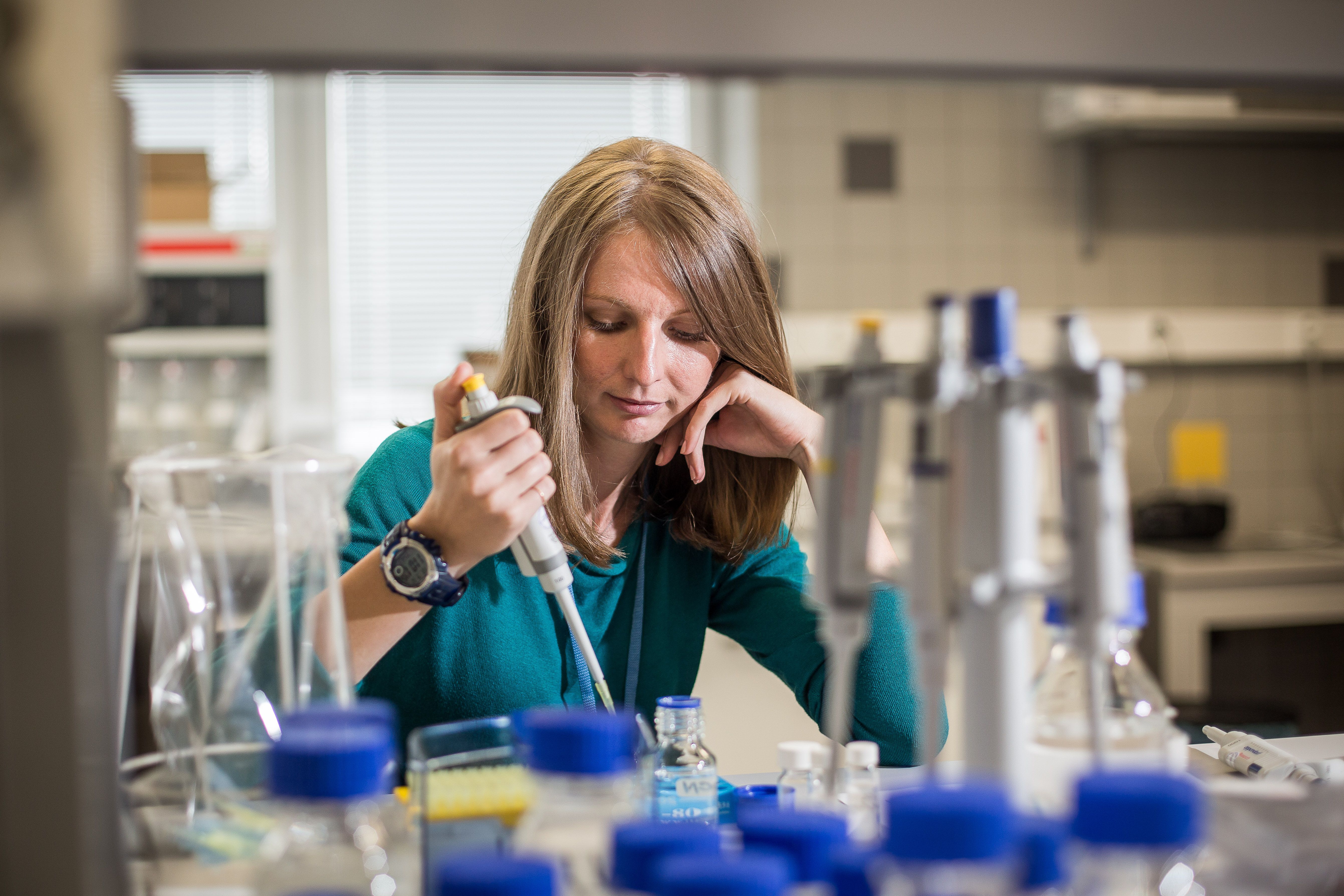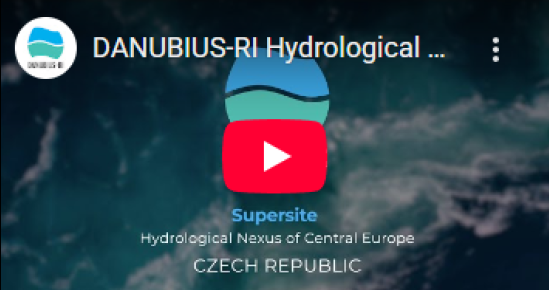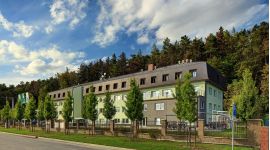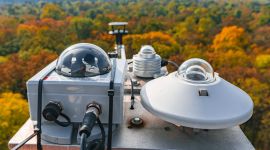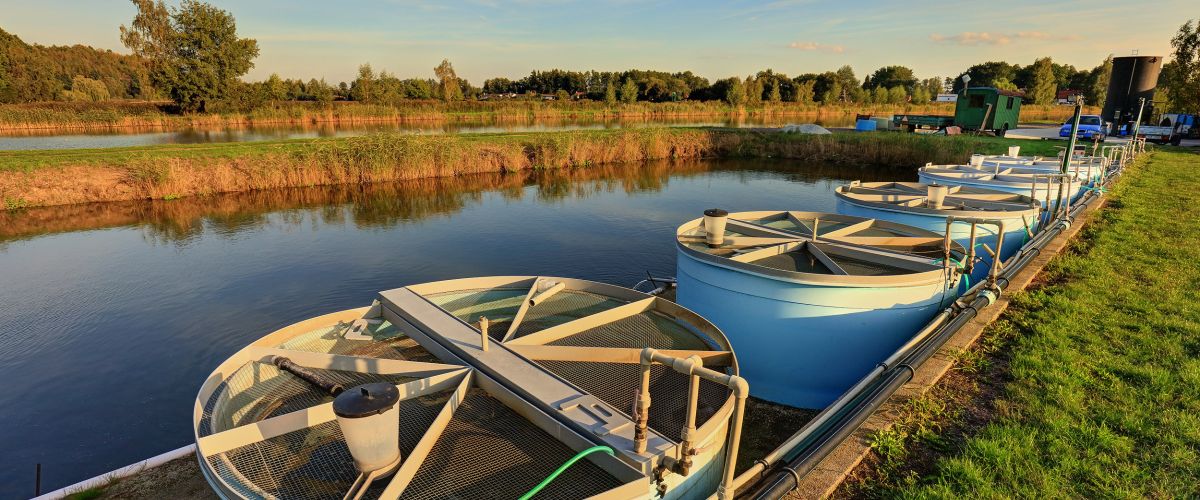
/CENAKVA/
South Bohemian Research Center of Aquaculture and Biodiversity of Hydrocenoses
Supersite "Hydrological Nexus of Central Europe"
Danubius
Supersite Hydrological Nexus of Central Europe
Supersites are the components of the DANUBIUS-RI distributed Research Infrastructure which will be the test beds of the DANUBIUS-RI scientifically excellent ideas, areas where the developed concepts will be refined and verified.
Supersite "Hydrological Nexus of Central Europe" Within the integrated research programs and facilities of the DANUBIUS-CZ consortia (CENAKVA, CZECHGLOBE), we aim to provide the capacities for the complex investigation of the ongoing processes in freshwater ecosystems and their importance in the terms of biodiversity conservation, protection of aquatic environment, but also protection of water resources for life and human activities.
Located in the Czech Republic, the Hydrological Nexus of Central Europe, supersite is a headwater region for European rive systems. It is home to the Elbe, Morava (Danube) and the Odra rivers which support ecosystems, agricalture and transportaition across the whole of Europe.
CENAKVA and CZECHGLOBE research facilities specialise in freshwater ecosystems and aquaculture research supporting biodiversity conversation. Services include: water quality and pollution, ekosystem services, biodiversity research and aquaculture innovations. The supersite also offers passive sampling for the detection and observation of polar organic contaminants in the water environment. We connect aquaculturists, hydrobiologist, ecologist, toxicologists and economists studying different factors influencing both water and land ecosystems. This is key to tackling emerging pollutants and nutrients as main contributors to aquatic pollution, helping sustainable water management. This expertise within the supersite provides direct outputs for decision-makers, developing adaptation or mitigation strategies for critical ecosystems.
Infrastructure and services SUPERSITE
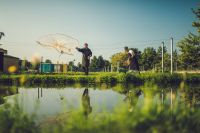
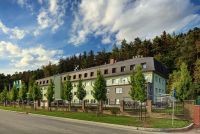
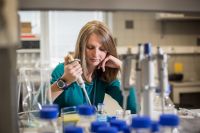

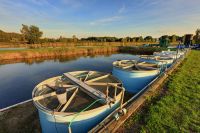
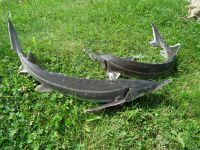
Infrastructure and services CENAKVA
Examples of the services currently offered are listed below. A comprehensive overview of the services and equipment available at the CENAKVA center can be found here. Please note that the availability of individual services may vary.
If you are interested in utilizing these services within the framework of the DANUBIUS-RI, we kindly encourage you to contact us for further details.
|
Passive sampling observation Observation of polar organic contaminants using POCIS passive samplers |
|
|
We offer a passive sampling approach for the detection and observation of polar organic contaminants in the water environment. Passive sampling is a complementary approach to the traditionally used grab or automated sampling. The benefit of passive sampling is that it provides data on time-integrated concentrations, avoiding the need to visit a sampling site multiple times to collect representative samples. A further advantage of passive sampling is the ability to mimic biological uptake, avoiding using aquatic organisms for biomonitoring. We propose 10 POCIS samplers, enough to cover a selected water body (river, lake, etc.) and to get basic information about contamination status. |
|
|
Histological Specimen Processing Histological processing of fish tissue, larvae, and embryos |
|
|
As is commonly known, histology is the discipline of biology that involves the microscopic examination of thin stained tissue sections to study their structure and correlate it with function. Histology can detect signs of disease, changes in the internal structure of tissues, sex changes in juvenile individuals etc. that are not easily recognized on gross examination. This requires the preparation of very thin, high-quality sections (slices) mounted on glass slides and appropriately stained to demonstrate normal and abnormal structures. This is how we are able to process your samples. As a Laboratory of germ cells, we specialize in fish gonads, larvae and embryos but we can histologically process all fish tissues according to your requirements. We suggest processing at least 20 samples of control or exposed fish for later statistical analysis. |
|
|
Analyses of lipids and fatty acids Analyses of lipids and fatty acids from a diverse range of matrices and environmental samples |
|
|
We offer analytical services for lipids and fatty acids in various matrices (mud, fish, soil, plants, fish faeces, cell culture, etc.) and samples from the water environment. The offered types of analyses are Gravimetric determination of lipid content, Lipid class separation, and quantification via the HPTLC method, Extraction of specific lipid classes, and Determination and quantification of fatty acid profiles in the total lipids or in different lipid classes. |
|
|
Sampling for food web analysis Field samplings and sampling processing to gain full food sources structure for future stable isotope analysis to evaluate trophic positions of particular taxa |
|
|
Understanding the trophic relationships in freshwater communities (and does not matter if with important endangered species or invaded by non-native species or both) is key to determine the modes of action and development of situation and project possible impacts of interacting variables on the natural habitat. Traditional gut content analysis provides snapshots of an individual's recent diet and inevitably overestimates the consumption of hard-digestible prey. It should be combined with advanced samplings of all possible sources for following carbon and nitrogen (possibly oxygen of sulphur) stable isotopes analysis (SIA) which integrates a longer dietary history and overcomes these issues. It enables quantification of a species’ diet, trophic position and niche width, and potential feeding competition. Nonetheless, coupling gut content analysis and complex SIA approaches has been demonstrated to provide the most reliable dietary information. It is also proven to be a powerful tool to determine the impacts of invasive species, including predation and competition pressure on native species, but also the interaction between different invasive species. Trophic webs change between habitats and seasons, following the availability of prey and environmental conditions within a watershed and can be highly modified by the waterbody management (aquaculture, electricity production, recreation etc.), physical and chemical variables, and naturally by the community composition. Therefore, it is essential to investigate invasive species’ trophic ecology at different stages, which can be accomplished with a space-for-time approach, by studying the trophic position in areas with well-established populations and at the invasion front. For that complex research approach is necessary to plan well organized, all-embracing sampling and samples processing for future SIA. |
|
Infrastructure and services CzechGlobe
The infrastructure consists of the following unique key elements, the details of which are available HERE.
Projects
DANUBIUS-RI pilot projects in the CENAKVA center
-
Project 1
First pilot callEvaluating the ecological benefits of upgrading to advanced wastewater treatment in freshwater river ecosystems (WW-IMPACT)
-
Project 2
First pilot callTire additives in road runoffs: monitoring and toxicity assessment within river-sea systems
-
Project 3
Second pilot callWatercolor and water variability – what is the best for the aquatic vegetation along the coast of Gulf of Riga (W-BEST)
The CENAKVA Center is actively involved in the European DANUBIUS-RI consortium, providing unique services through our research programs VP1, VP2, and VP3.
The DANUBIUS-RI consortium, through its pilot call (DANUBIUS-IP project 101079778), focuses on early-career researchers and Ph.D. students addressing the theme of ‘Water, sediment and biotic variations and their impacts on aquatic ecosystems in River-Sea Systems under extreme events and climate change scenarios.’
Details of the projects and the full article are available here.
The newsletter can be accessed here.
DANUBIUS-IP is an EU Horizon Europe project funded by the European Union (HORIZON-INFRA-2021-DEV-02) under grant agreement No 101079778.



